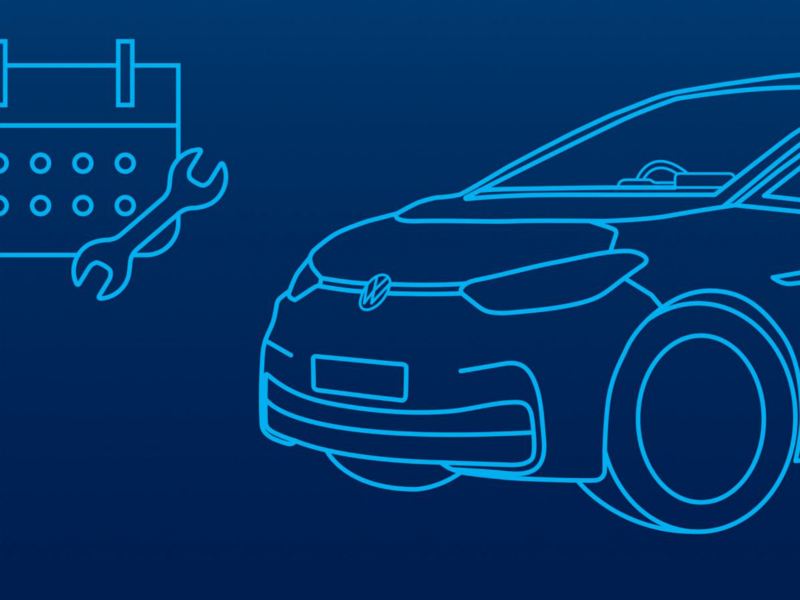nouvelles
Efficient 12V AC to DC Converter for LED Lighting Applications
Auteur: Module d'alimentation ZYG Time: 2023-5-21
LED lighting has become increasingly popular due to its energy efficiency, long lifespan, and low heat emission. However, most LED lighting systems require a DC power source, while the majority of homes and buildings have AC power sources. Therefore, an efficient AC to DC converter is needed to power the LED lighting system.
In this article, we will discuss the design and implementation of an efficient 12V AC to DC converter suitable for LED lighting applications. The converter is based on a bridge rectifier, a smoothing capacitor, and a voltage regulator.
Bridge Rectifier
The first stage of the converter is the bridge rectifier. The bridge rectifier is a diode-based circuit that converts the AC voltage to a pulsating DC voltage. The bridge rectifier consists of four diodes that are arranged in a specific pattern to allow the current to flow in one direction only.
Smoothing Capacitor
The pulsating DC voltage produced by the bridge rectifier is not suitable for powering the LED lighting system as it contains ripples that can cause flickering in the LEDs. Therefore, a smoothing capacitor is used to remove the ripples from the DC voltage. The smoothing capacitor charges when the voltage is high and discharges when the voltage is low, resulting in a smoother DC voltage.
Voltage Regulator
The final stage of the converter is the voltage regulator. The voltage regulator is essential for ensuring a stable and constant DC voltage output. The voltage regulator used in this design is a linear regulator that regulates the voltage by dissipating excess energy as heat. The regulator is configured to provide a constant 12V DC output.

Efficiency
The efficiency of the converter is an important factor to consider as it affects the energy consumption of the LED lighting system. The efficiency of the converter can be calculated as the ratio of the DC output power to the AC input power.
Efficiency = (DC Output Power / AC Input Power) x 100%
The efficiency of the converter can be improved by selecting components with low losses and by minimizing the voltage drop across the components.
Conclusion
An efficient AC to DC converter is essential for powering LED lighting systems. The converter discussed in this article is based on a bridge rectifier, a smoothing capacitor, and a voltage regulator. The converter provides a stable and constant 12V DC output suitable for LED lighting applications. The efficiency of the converter can be improved by selecting components with low losses and minimizing the voltage drop across the components.
Précédent: How to Convert 110V AC to 12 Volt DC
Prochain: Efficient AC-DC Power Supply for Reliable and Consistent Performance
les informations pertinentes
-
2023-5-23
Efficient Industrial AC-DC Converters for Reliable Power Conversion
Industrial AC-DC converters are essential for converting alternating current (AC) power into direct current (DC) power for industrial applications. These applications include power distribution, motor control, and automation systems. The efficiency, reliability, and performance of industrial AC-DC converters are crucial for the optimal operation of these systems. Efficient industrial AC-DC converters are designed to convert power with minimal loss and deliver high-quality power to industrial loads. The efficiency of industrial AC-DC converters is determined by their power conversion efficiency, which is the ratio of output power to input power. High-efficiency industrial AC-DC converters minimize power losses and reduce the amount of heat generated during power conversion. Reliability is another critical factor in industrial AC-DC converters. Industrial environments are harsh and...
Voir les détails -
2022-11-17
Si vous souhaitez concevoir un module de puissance, quels aspects devez-vous prendre en compte ?
If you are a switching power supply technical engineer, there is no need to look at the introduction of power modules. When you are still a novice, or learn SCM design, it is best to look down word by word. How to choose the right power module Principle and technology of circuit design Only from a professional point of view can the principle of circuit and circuit quality be distinguished. At present, the power module can be divided into two types: bare plate and filled seal. The bare board can be divided into two types in an intuitive way, such as reasonable, orderly, generous, orderly layout of electronic components, bright welding spot and straight. However, the packing and sealing...
Voir les détails -
2023-11-10
Unleashing Potential: Navigating the World of Fully Modular Power Supplies
Introduction In the ever-evolving landscape of computer hardware, the power supply unit (PSU) stands as a cornerstone, delivering the lifeblood to every component within a system. Among the diverse options available, the fully modular power supply has emerged as a game-changer, offering unparalleled flexibility and customization for PC enthusiasts and builders. Let's delve into the realm of fully modular power supplies and explore how they are reshaping the way we approach power management in modern computing. Advantages of Fully Modular Power Supplies Customization and Cable Management: One of the primary advantages is the ability to customize cable configurations. Users can connect only the required cables, reducing clutter and improving airflow within the case. Ease of Installation:...
Voir les détails -
2023-5-7
AC-DC Converter Module: Converting Alternating Current to Direct Current
Introduction An AC-DC converter module, also known as a rectifier, is an electronic device used to convert alternating current (AC) to direct current (DC). This module is used in a wide range of applications where DC power is required, such as in electronic devices, power supplies, and motor control systems. Working Principle The AC-DC converter module works by using a diode bridge circuit to convert the AC input voltage to a pulsating DC voltage. A diode is a semiconductor device that allows current to flow in only one direction. The diode bridge circuit consists of four diodes arranged in a bridge configuration, which allows the AC voltage to pass through the circuit and produce a pulsating DC voltage at the...
Voir les détails -
2023-7-12
Exploring the World of Electric Power: An English Language Series
Introduction: Welcome to the captivating world of electric power! In this English language series, we will embark on an exciting journey to uncover the mysteries and wonders of electricity. From its discovery to its practical applications in various fields, join us as we delve into the realm of electric power. Chapter 1: The Discovery of Electricity The journey begins with the discovery of electricity. We will learn about the key figures who played significant roles in unraveling this fascinating phenomenon. From Benjamin Franklin's famous kite experiment to Alessandro Volta's invention of the electric battery, we will explore the milestones that paved the way for our modern understanding of electricity. Chapter 2: Understanding Electric Circuits In Chapter 2, we will delve...
Voir les détails -
2024-2-19
Modular Power Supplies: Industry News and Technology Developments
In the field of power electronics, modular power supplies have attracted increasing attention as an efficient and flexible power supply solution. Its core concept is to divide the power system into several independent and interchangeable modules to achieve rapid construction, expansion and maintenance of the power system. This article will define modular power supply in detail and discuss its industry news and technology development. Definition of Modular Power Supply Modular power supply, as the name suggests, is a power supply design method that divides the power supply system into multiple independent modules. Each module is responsible for implementing specific power conversion functions such as rectification, filtering, conversion, etc. These modules can be combined as needed to meet different...
Voir les détails


















